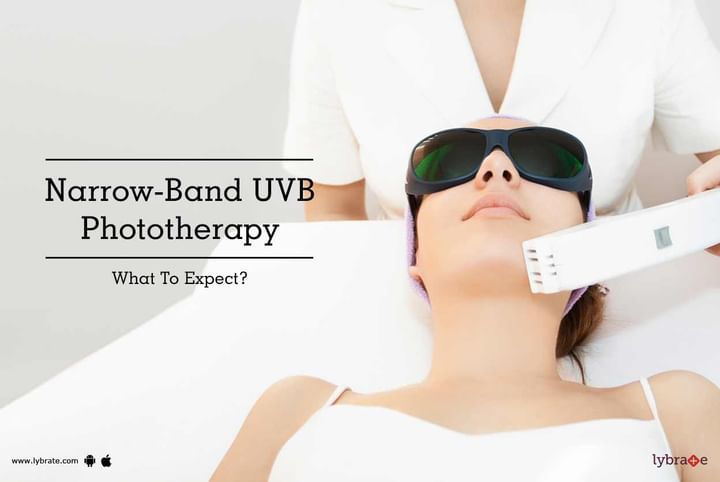Narrow-Band UVB Phototherapy - What To Expect?
Skin diseases like psoriasis, eczema, vitiligo, and irregular patches are major cosmetic concerns. Therefore, to even out the skin tone, there are various options available, and phototherapy is one of the most important ones. Phototherapy, as the name suggests, involves the use of light waves to treat these conditions. What happens is that when the light is targeted at the affected area, then the underlying skin layers react to form a new skin and the condition is thereby treated.
The skin has a top layer known as epidermis and underlying layers known as the dermis. The inner layers contain collagen and other tissue, which are essential for new skin formation. The light waves act on this underlying layer to treat skin disorders.
What is narrow-band UVB?
The laser light used in skin treatment usually 290 to 320 nm. The narrow-band refers to the use of 310 to 315 nm, which is believed to be the most effective for treating skin disorders. This narrow spectrum produces less redness and light of greater wavelengths, which is most effective.
Benefits over regular wavelength therapy:
- Reduced exposure time of the lesion to UV light
- Quicker response
- Reduced duration of treatment
- Reduced recurrence
Duration of treatment: Depending on the extent of the lesion, the exposure to UV light can be regional or to the whole body. Regional is when only a part of the body is exposed to the radiation. The whole body is when the person is made to stand in a chamber that has lights emitting the radiation for seconds to few minutes. Depending on the condition and severity, repeat sessions are planned with intervals to allow for skin recovery. A psoriasis patient may require about 15 to 20 treatments for complete relief.
Indications: The following skin disorders are usually treated with narrow-band UVB phototherapy.
- Psoriasis: Compared to regular phototherapy, the narrow-band produces less redness and reduced recurrence.
- Vitiligo: UVB is proven to be effective and safe, producing reduced repigmentation and stabilization of the condition.
- Atopic dermatosis: Phototherapy is being tried instead of steroids to treat atopic dermatitis, and the results are very promising.
In some cases, light is also used in combination with topical therapies like tar and other steroid creams.
Side-effects and precautions: Generally very safe. Only if taken continuously for years can result in signs of aging. Patients requiring long-term treatment running into years, a gap of about 2 to 3 months should be given after a year. Also, regional therapy is preferred to a whole body treatment. If you wish to discuss about any specific problem, you can consult a Dermatologist.



+1.svg)
